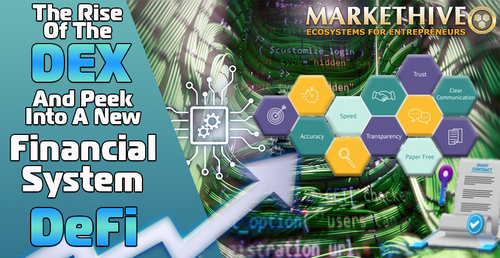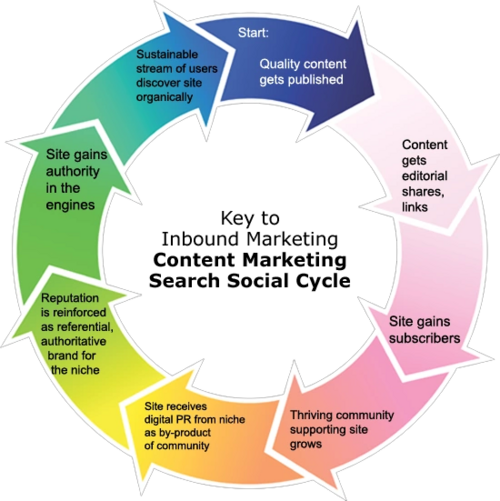
The role of the crypto community for the success of marketing promotions
Unlike the process of writing code, the creation of a crypto community is difficult to imagine as an algorithm. The community is a living phenomenon, the construction of which requires an understanding of human desires rather than formulas and codes. Over the past years many crypto projects have attracted huge investments. Often people believe that the main thing is technology (a more perfect blockchain, a new algorithm for reaching consensus), and that they are the key to the success of a new cryptocurrency.

This focus on technology and product quality is in line with Silicon Valley’s favorite mantra — “If you build it, he will come.” This tactic can lead to success, but I think the most important foundation of any new project is the activity of the community that supports it. The mantra “If you build openly, they will help you” would be more suitable for the creators of new crypto projects
When it comes to starting a traditional company, the interests of end users and shareholders do not always coincide. Users want a good product, while shareholders think more about good leadership, fair distribution of bonuses, and most importantly, sales results. Success can be achieved by focusing on creating an attractive product for users. Then the company will succeed, even with problems with leadership, distribution of rewards and performance. But the consumer, as a rule, does not care about who created the company, how many shares belong to the key participants in the project, how property rights are, and how the management makes decisions and implements them. The cryptocurrency market is unique in that users and shareholders are often the same people.

As a rule, hodlers of crypto assets attach great importance to property rights, management and project performance, since the profitability of their investments depends on these factors. Given that cryptocurrency is based on open source and low marketing costs, the success of a cryptocurrency is largely determined by the size of its community. An illustrative example: the bitcoin blockchain has undergone at least 98 forks, but its investment attractiveness is still high: the market capitalization of bitcoin remains at $100 billion, and all its other forks are at $10 billion. It is the Bitcoin community that makes it so attractive. The strength and size of the community determines the value of a cryptocurrency. There is no guaranteed success formula in building a strong cryptocurrency community, but there are certain fundamental principles that have proven to be effective:
The creators of the project must be open and honest.

From the very beginning of project development, founders should consider the interests of users, treat them with respect and be open to dialogue. This approach is very effective in building a strong community of cryptocurrency users.
· Distributed property rights and a clear distribution system
Ownership and community power are inextricably linked. People tend to stick close to those who share their views. At the same time, we are wary of closed communities, in which bonuses are distributed among members of the management and are not always available to others.
· Lucky meme
Practice shows that a successful meme serves as an incredibly effective means of promoting a new project and developing its community. All 10 cryptocurrencies with the maximum market cap use powerful memes: Bitcoin (digital gold), Ether (innovation platform), Ripple (interbank payments), Bitcoin Cash (scalable payment network), EOS (innovative next generation platform), Stellar (interbank payment next generation system), Litecoin (digital silver), Tether (stablecoin), Cardano (innovative next generation platform) and Monero (confidential payment system).

· A useful tool that becomes the standard
While strengthening the community early should not be neglected, there is no doubt that the practical application of the new currency is also extremely important. Bitcoin originated as a ledger for storing data on the ownership of assets and their transactions. Ether as a platform for creating open source financial applications. However, the Bitcoin and Ether communities have raised the bar so high that it will not be easy for even the best products to compete with them. Success in this struggle can only be achieved by creating not only a better product, but also a better community with a more effective management system.
Most of the marketing tools for crypto projects come from traditional digital businesses. In the world of cryptocurrencies, traditional marketing solutions have changed: they have adapted to a high volatility market and an overheated community. The cryptocurrency “boom” was strong — in 2017/2018, the “crypto community” included not only crypto enthusiasts, but thousands of newcomers. Many of the marketing tools in these conditions turned out to be more effective than others, since they formed the opinion of the crypto community and were useful for marketing crypto and blockchain projects. What really worked and what is the crypto community still paying attention to?
· White Papers
This is a big document for potential investors. Contains a detailed presentation of the project, the essence of the problem and how the project solves it, a description of the technical part, legal, roadmap, financial model and much more. This is the “face” of a blockchain project, by which investors determine its relevance and potential profitability.
White paper has become an important part of your content strategy today. It can be a visual business plan, it can contain information about a solution to a specific problem, or it can present information of interest to investors or potential partners, for example, a part of a business plan (or meet the requirements of the regulator).
White paper can also serve as a basis for any promotional materials: one pager for presentations, pitch deck for meetings with investors, articles, reviews.
· Community Management

It is about creating and managing communities united by interest in a brand or product. It works for the loyalty of the target audience and, in general, for the credibility of the project. Communities are an important point of contact with your audience. The rates are jumping, bitcoins are falling, so working with the negative is very important. Moreover, sometimes the situation is heated up on purpose — by competitors or fraudsters. In general, it is never boring. Knowledge of psychology in the matter of building and managing a community is only a plus. Both startups and large brands need working with the community. It is there that the most sworn enemies and the most loyal customers can appear. Your image in the eyes of clients will largely depend on how much attention you pay to this area. Hidden Marketing is widespread in working with the community — correction of opinions, change of attitude towards a product, dissemination of information about it. It is especially noticeable in politics — remember the “troll factories”. But this does not mean that it is not used for commercial purposes, it is just that the “trolls” work very rudely and are not too concerned with conspiracy.
It’s no secret that the shopping process has changed significantly over the years. Today, before making a purchase decision, people search for information themselves, read reviews and study recommendations. And online communities are starting to play an important role in this process. Building a community around a startup is arguably the cheapest way to increase conversions. A full-fledged community will bring much more value than a one-time ad campaign. There are practically infinite number of platforms for community management: any communication service is a player in this market, and their demand is determined by many factors. Depending on the purpose, you can choose: telegram, wechat etc
Another solution is the community’s own platform. This site is brand-owned and offers all the benefits of social media, but with much more control and flexibility. This could be a blog / website with a forum or a comment section. Own communities also have advantages and disadvantages. The disadvantage is that, in terms of the audience, you are starting from scratch. Native communities give you more freedom, but you have to do a lot more promotion work before your community grows. One of the main benefits of native community platforms is that they give you tighter control over your branding — without having to compete with other communities on the same platform. Community platforms also enable you to overcome the limitations of social media. Features such as deeper analytics, single sign-on (SSO), gamification, and custom design allow you to create a better experience for your fans. Why do you need a community:
- Creating a community is useful, because modern customers want to receive feedback, to understand why a brand offers this or that thing or service, what values ââit is based on.
- To build a successful community, reach out to your audience on social media. Think over a motto that is close to customers, offer useful information, and study your audience: what kind of people they are, what their interests are, where they go, how they live.
- It is important to develop a community not only online, but also offline. Events help people feel connected, unite and build brand loyalty. It is not the size of the community that matters, but the level of its loyalty and activity
- Attract influencers with an active audience.
- The community cannot develop on monotonous content by itself. Do not leave the community without leadership, develop new events, projects
Crypto business and projects have presented many interesting approaches to marketing. The cryptocurrency boom has set specific goals for marketing:
- increasing confidence in the project “from ever beginning g”
- building a solid community
- information transparency
- work with investors and influencers.
And all this — for specific audiences in various countries, each of which has its own national characteristics. Many of the best practices of cryptocurrency marketing can be successfully applied to other projects that have nothing to do with blockchain. Community building or face-to-face meetings with investors can be effective for almost any business. Less familiar tools can also be useful: the practice of preparing White Paper, is a common part of content strategy in the USA and England, especially in B2B; or a Bounty campaign that can significantly reduce promotion budgets. In addition to paid channels for promoting and creating crypto communities for certain projects, there are several ways with minimal costs that will help to start the community’s interest in the project’s products at the first stage. What are these ways:
· Creation of thematic groups and attraction of users to them. We create several groups for free and invite friends and like-minded people to them. If you regularly publish interesting information, then word of mouth radio will work with a bang. The promotion of your group will grow exponentially.
· Mutual subscription, likes and following. There are many users on social networks with fake accounts who are ready to give you likes, tweets and classes. And you will mutually have to like them. But you need to understand that this should be done only at first, in order to create the appearance of a promoted page or group. This is not the target audience, if you stop following each other, they will disappear.
· Search and participate in competitive groups and communities. If you find groups of your topic, on which there is a live audience, you can take part in its life, while periodically referring in comments and discussions to your page or group
Crypto communities are also pushing the evolution of organizations further as people are experimenting with different organizational models and governance structures. The industry is accelerating innovation in many ways, not just in terms of technology. Today big companies put all their resources and research in 'entrepreneurs' and try to create an environment of innovation. Big companies should instead look at how innovation is being done in the blockchain space, where people come together spontaneously to solve complex problems together and build businesses of the future. In this way, crypto communities aren’t just important to the crypto industry. They are also starting to influence how the entire world operates, creating a model for how diverse voices can turn new, and innovative ideas into tangible outcomes which benefit everyone.
The best aspect of crypto communities is that most have low/no barriers of entry and provide a clear path for anyone to get involved and gain experience. Because of blockchain technology, these projects have become like startups that can crowdsource funding. It is capitalism & free markets in their purest forms, without governmental red tape, regulation, and restrictions. This new system is what makes it possible for projects to reach fulfill their potential.
Built in anticipation and preperation of the launching of our coin
Thomas Prendergast
CEO




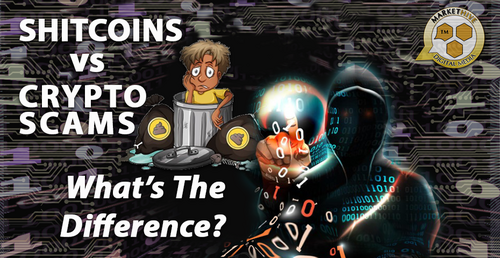














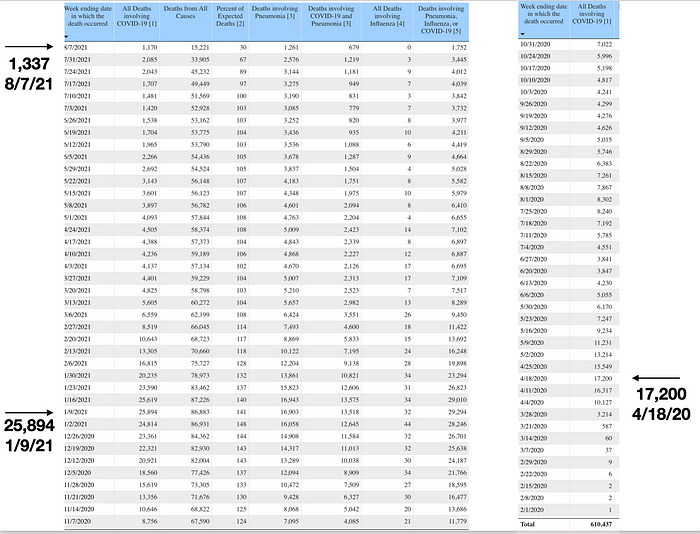

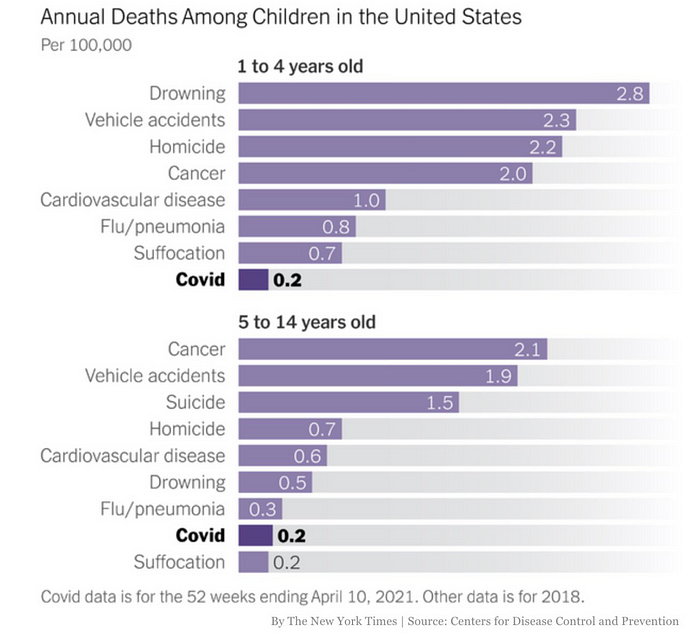
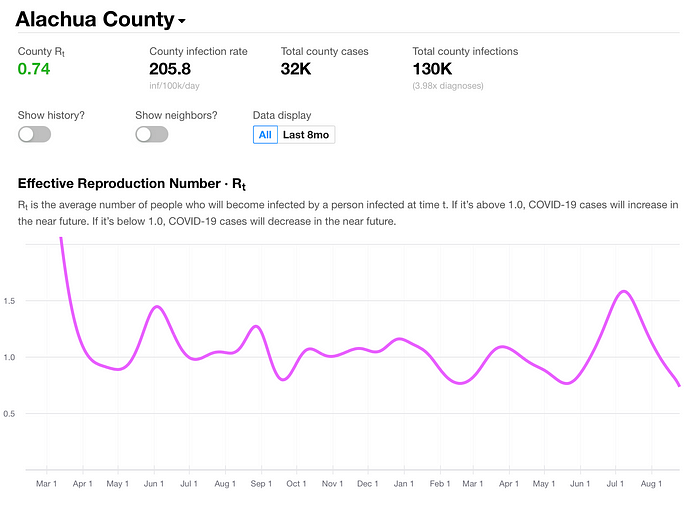
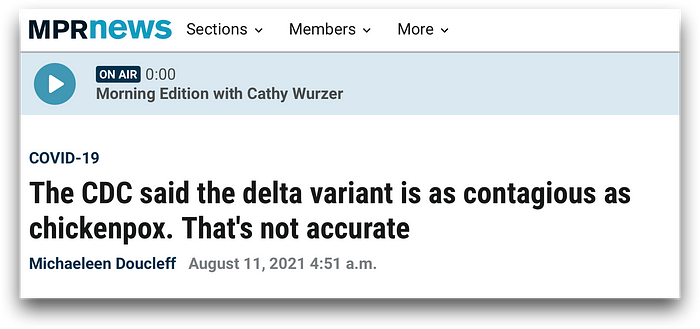




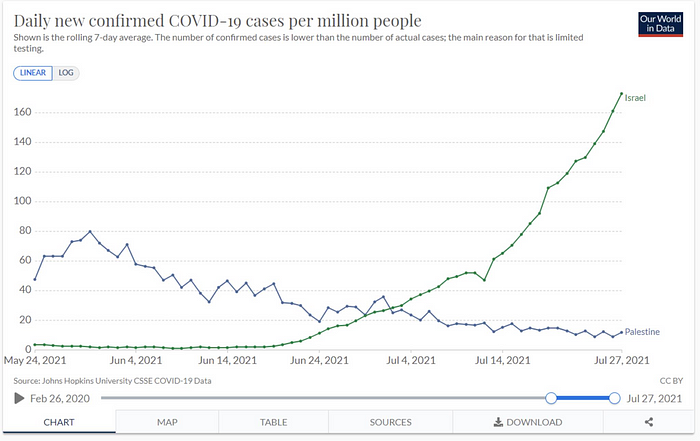
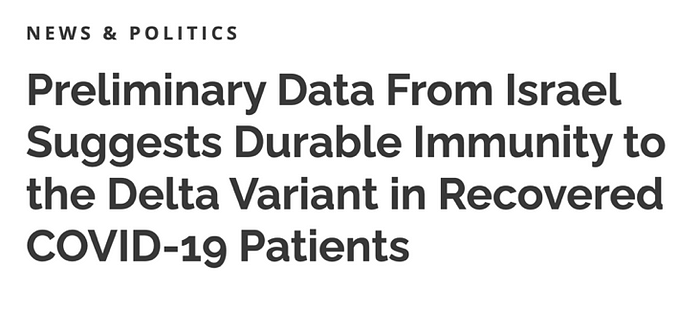
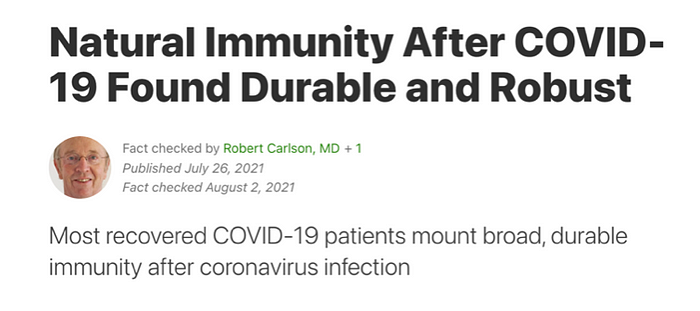










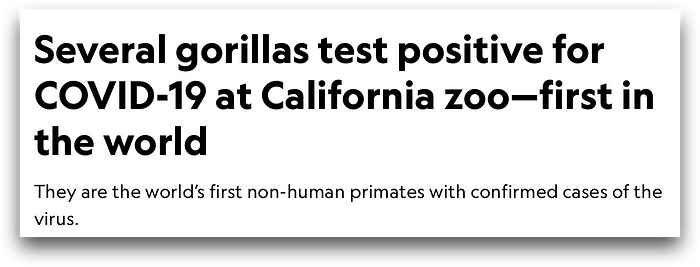


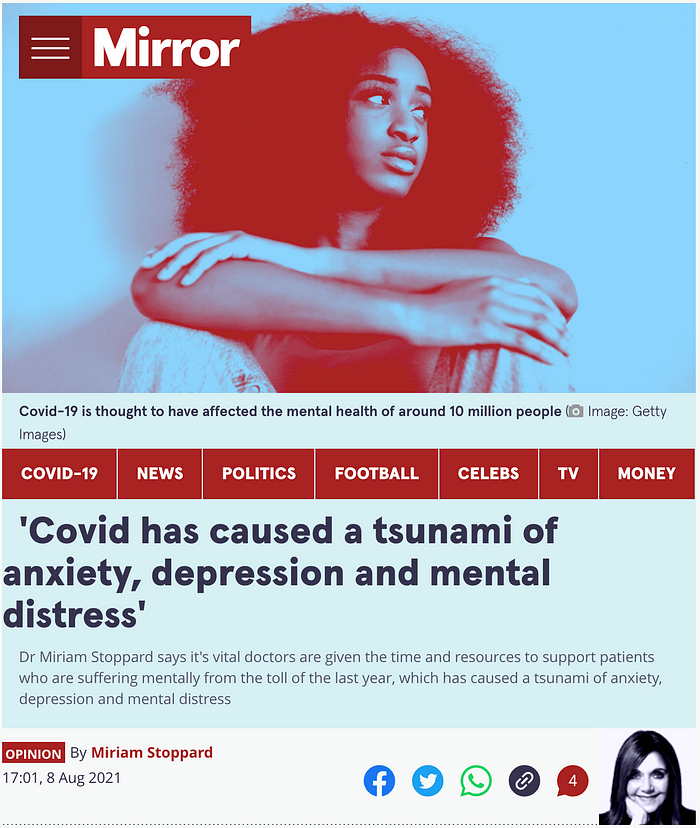




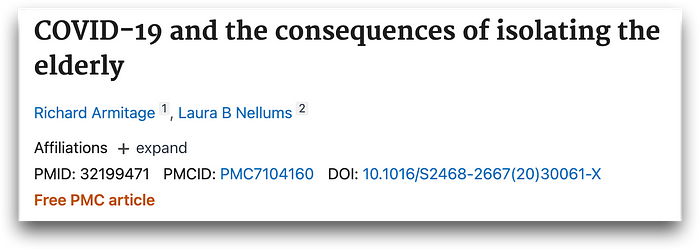

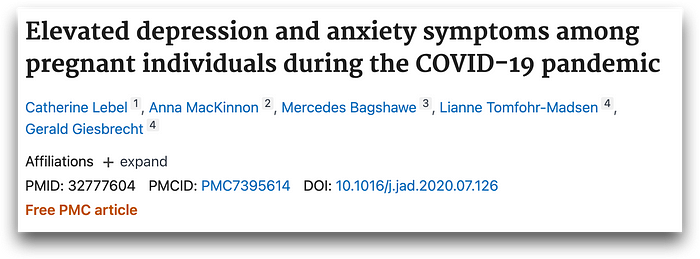
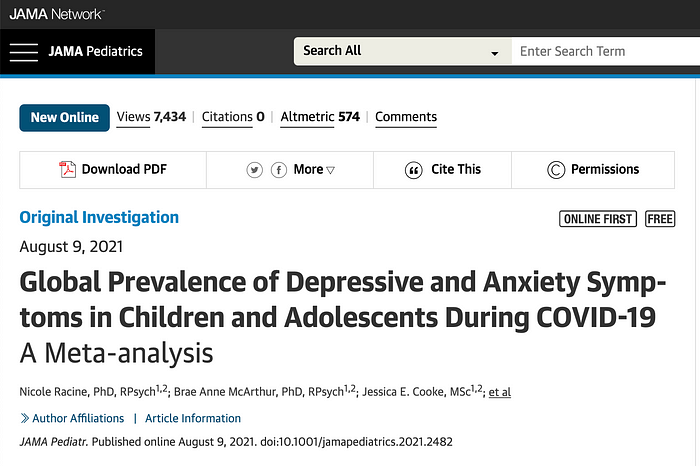

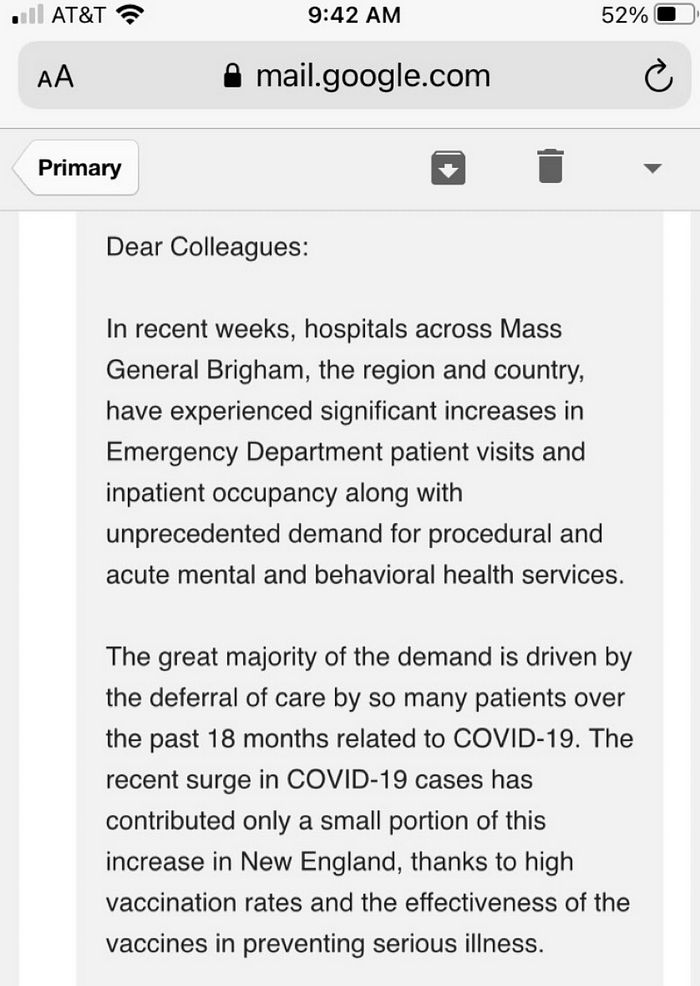

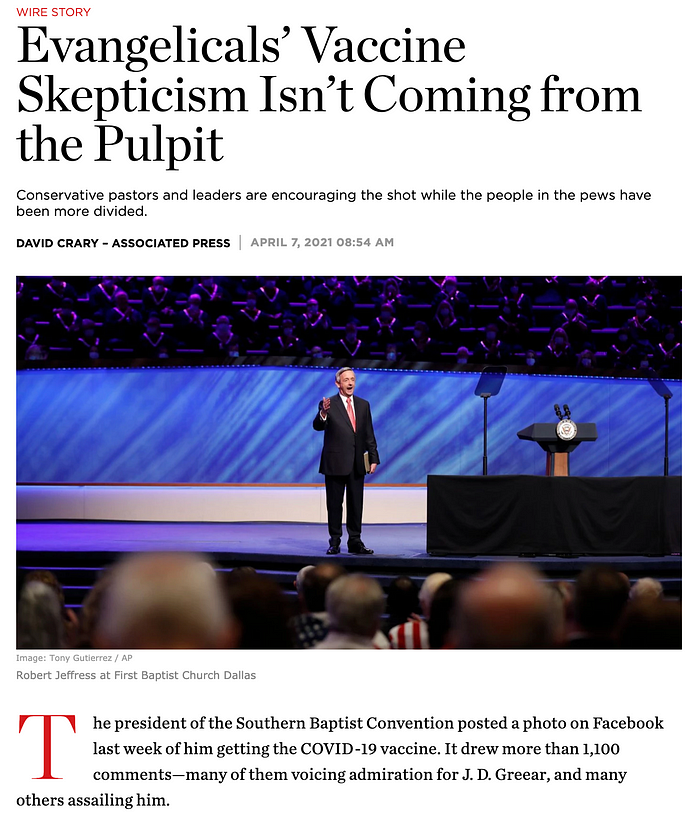
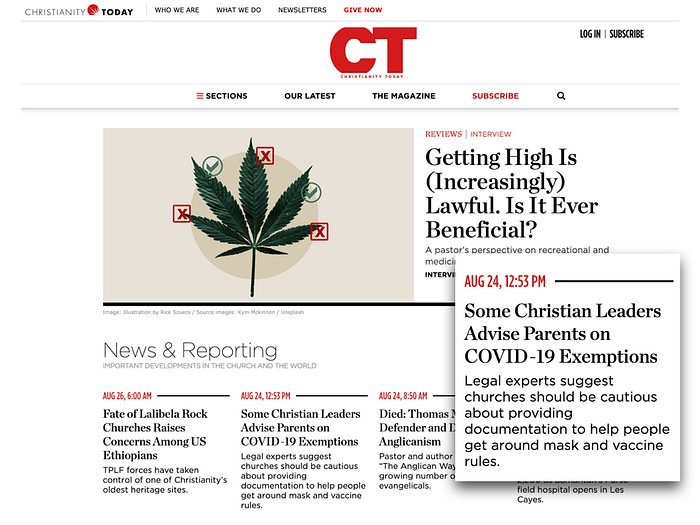



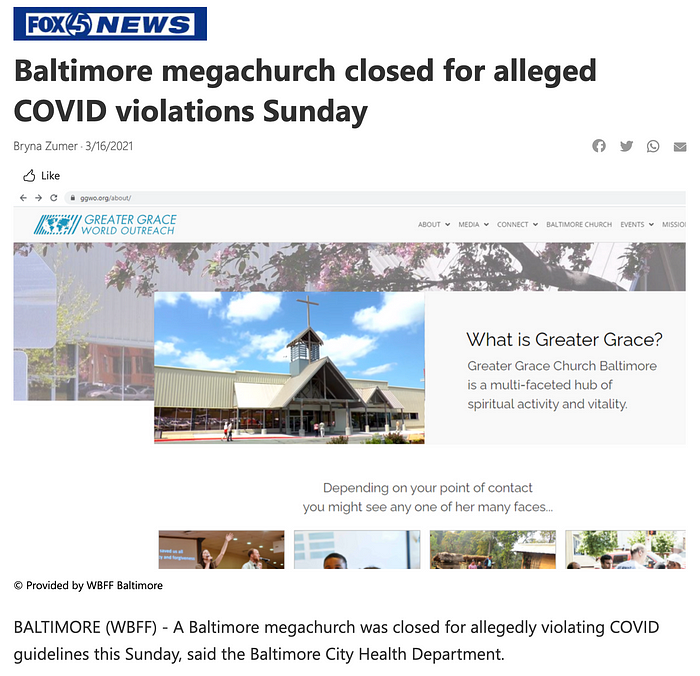
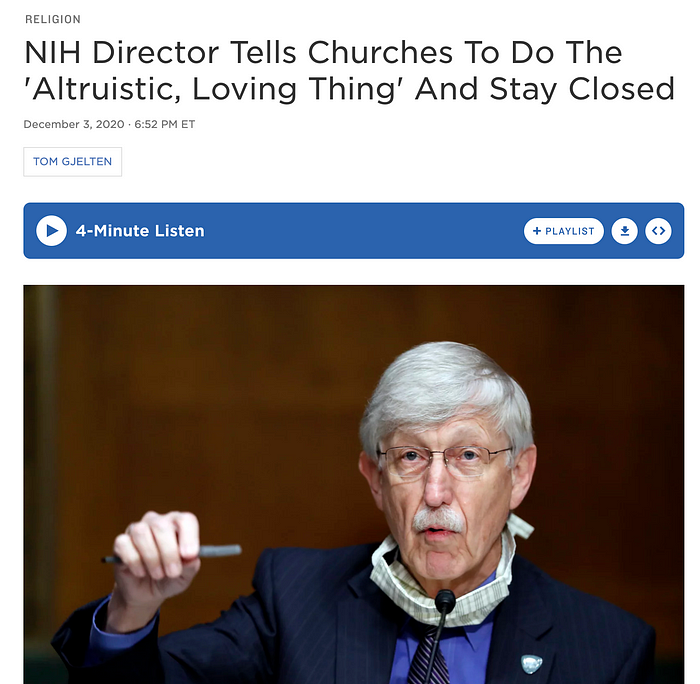
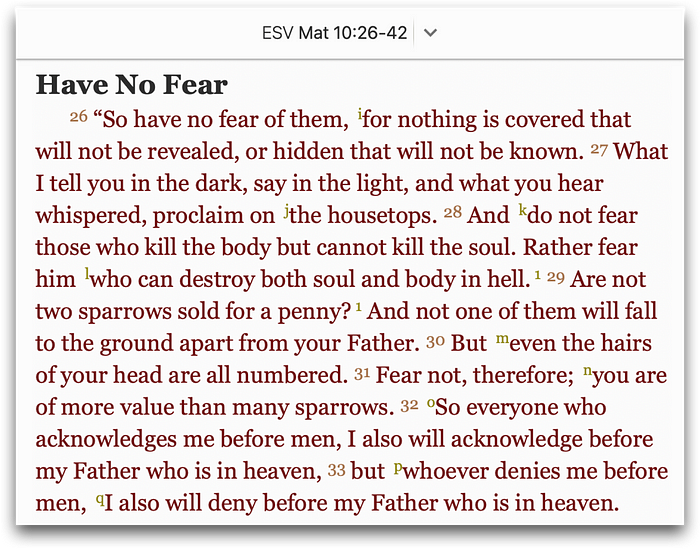




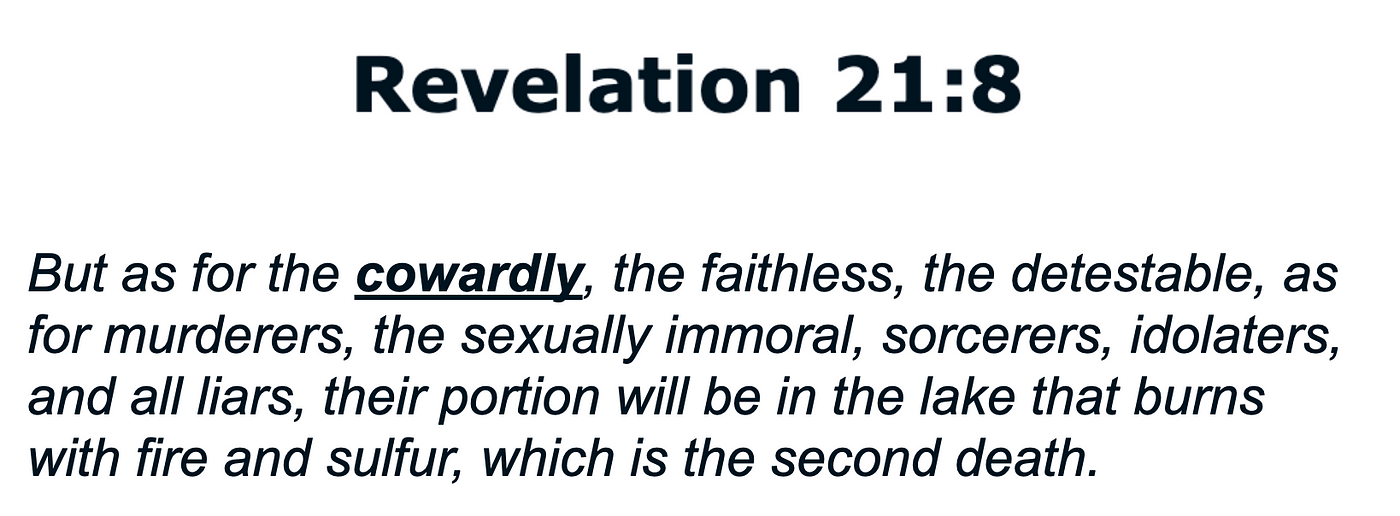


 Jeff Childers
Jeff Childers